My latest drawing:
Graphite drawing of an antique book and a magnifying glass.
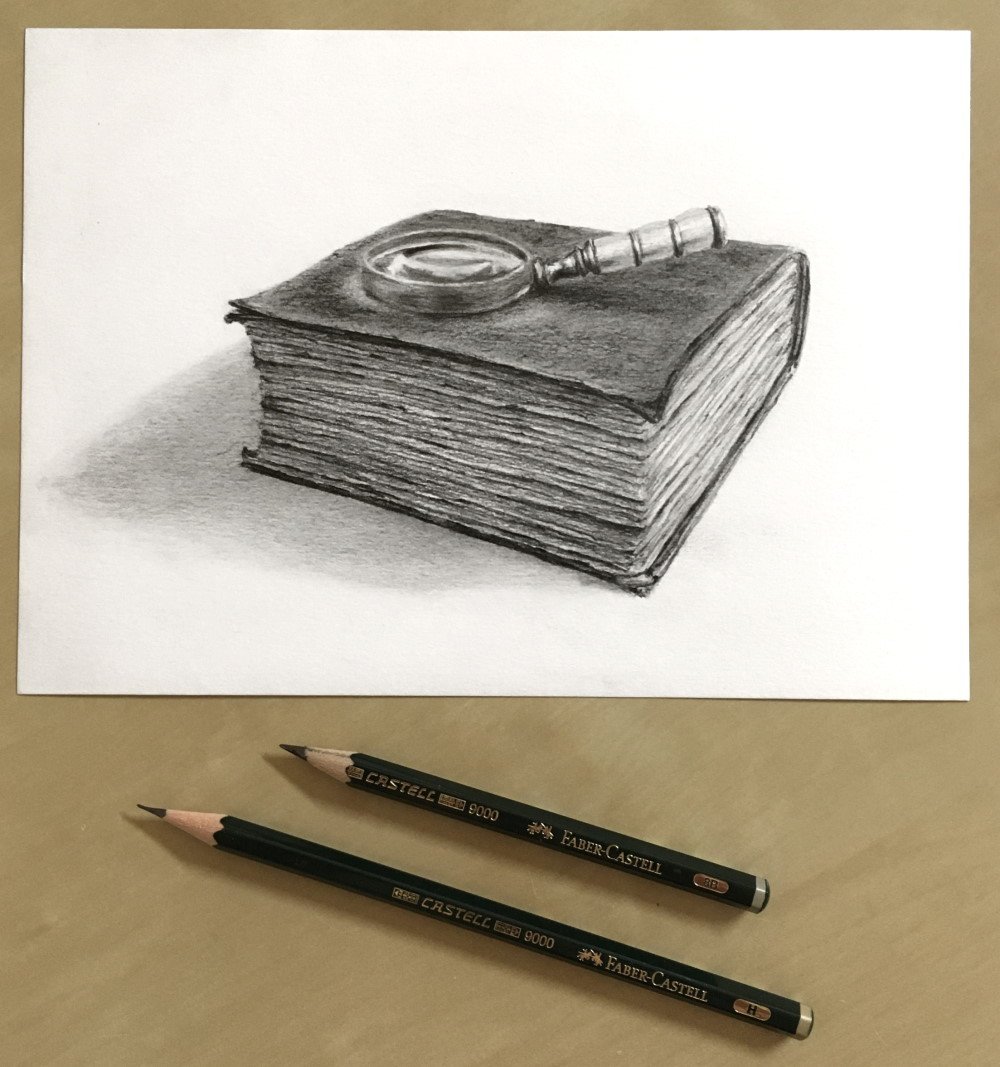
Important:
Texture (or color) is the least important factor when drawing.
If the form (structure) or brightness values are not correct, the texture is useless.
Pay attention to perspective and foreshortening.
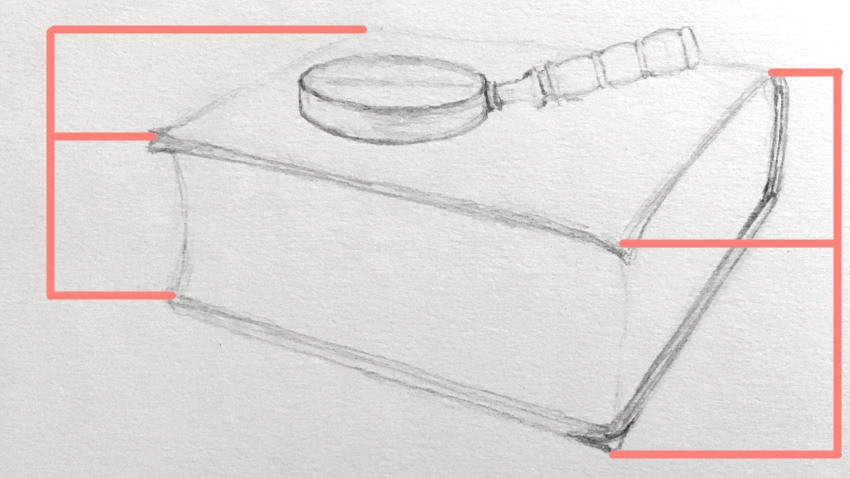
After the form is correct (in perspective), focus on brightness values.
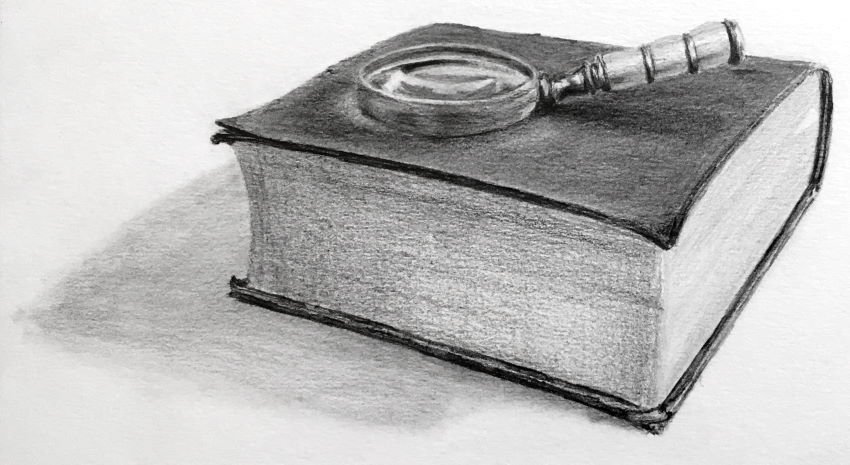
The drawing is done.
To take it to the next level, add texture.
Use tapered lines.
Meaning, lift your pencil from the drawing surface, gradually, so the lines become lighter and narrower.
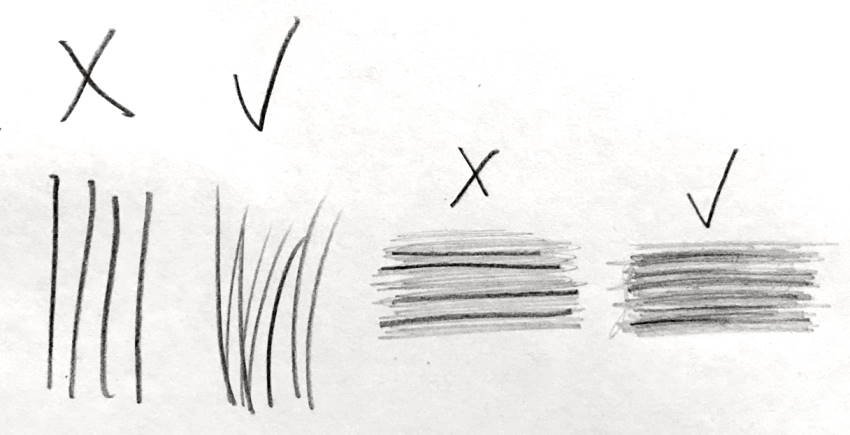
You can add texture from imagination. It requires practice, and some more practice.
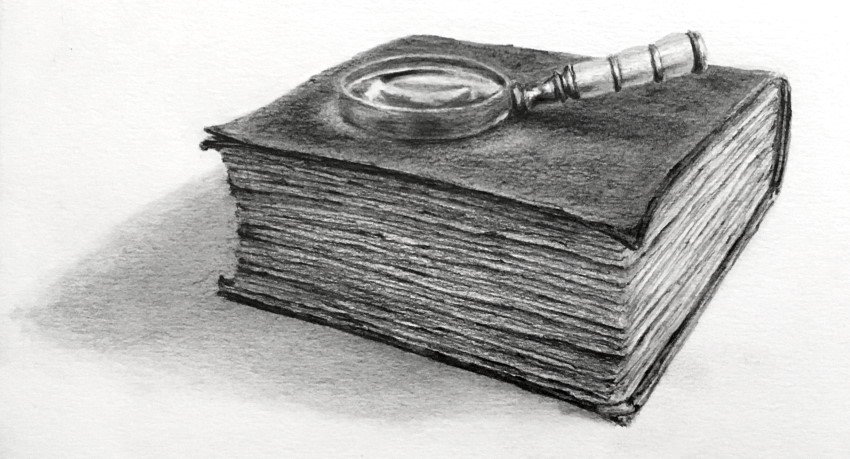
For metal texture, make sure the contrast is strong.

If you are new to realism, visit my realistic drawing guide, it covers the 4 key factors.
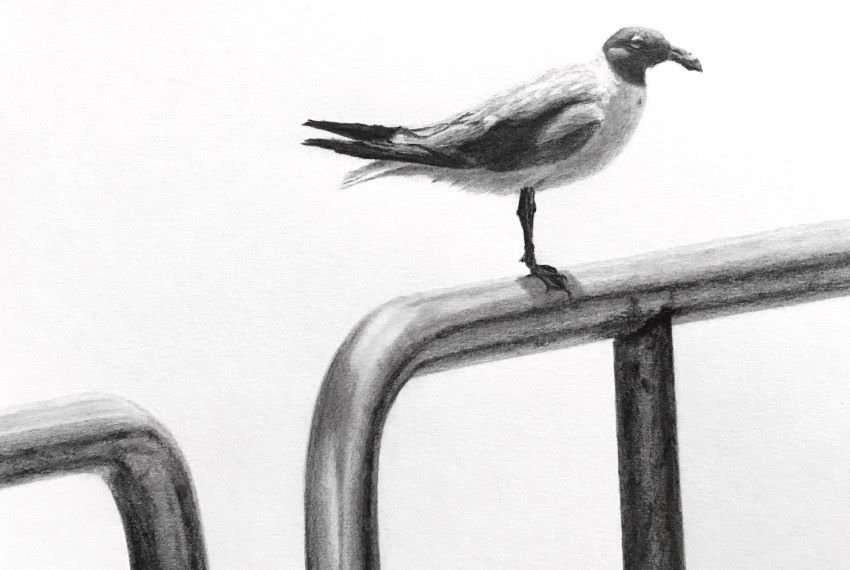
For cracks and holes, draw the deepest part darker.
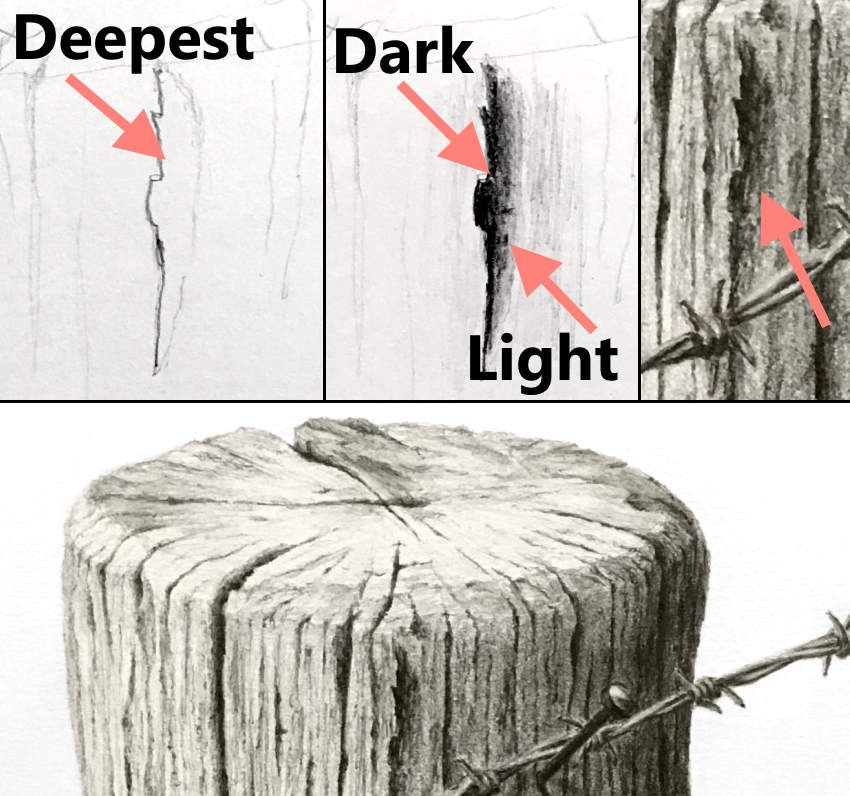
That way, you can draw wood from imagination:
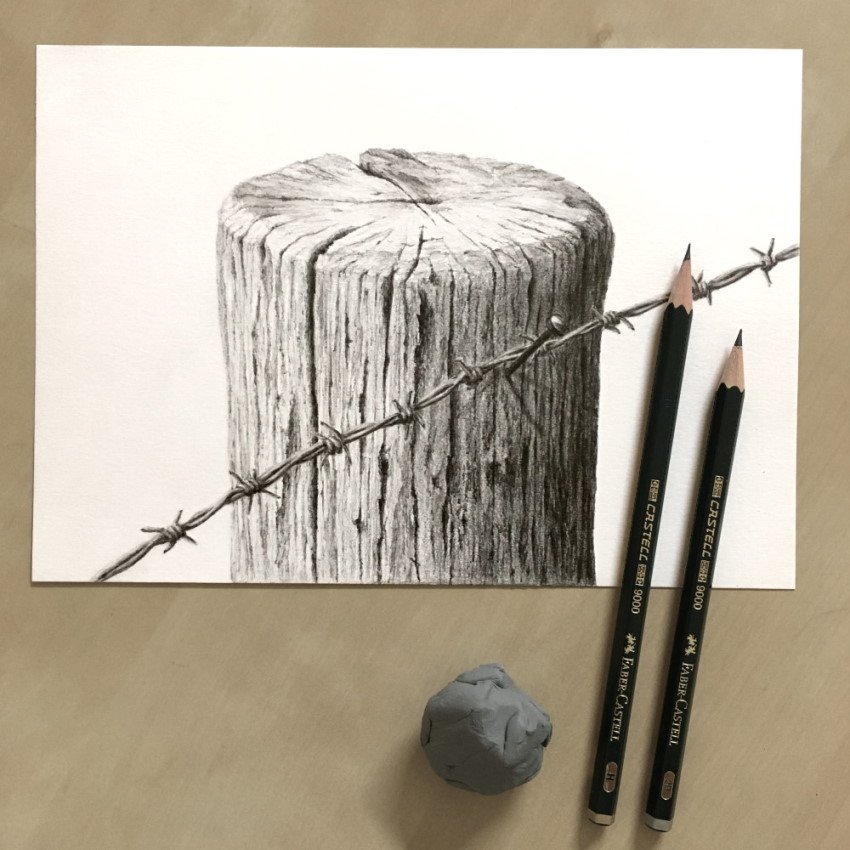
Or, from observation:
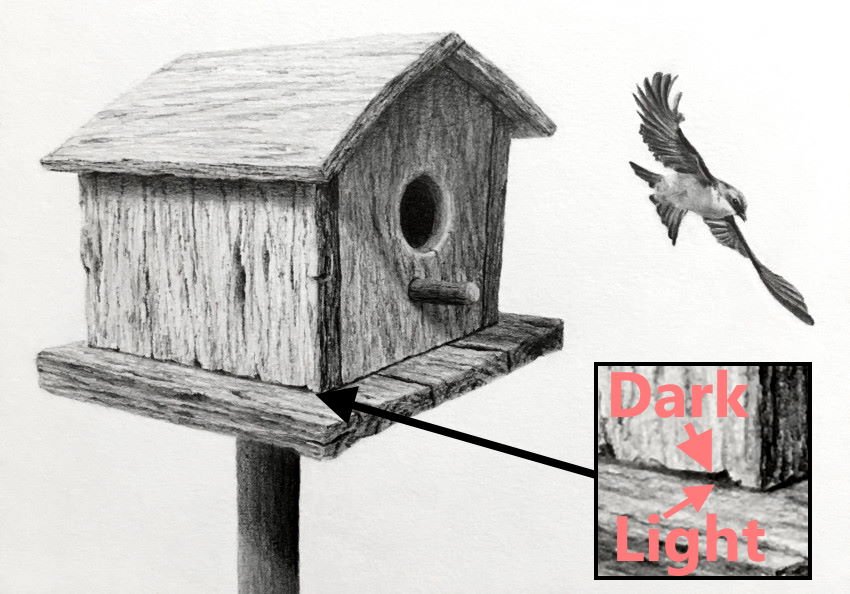
For plastic, draw super smooth.
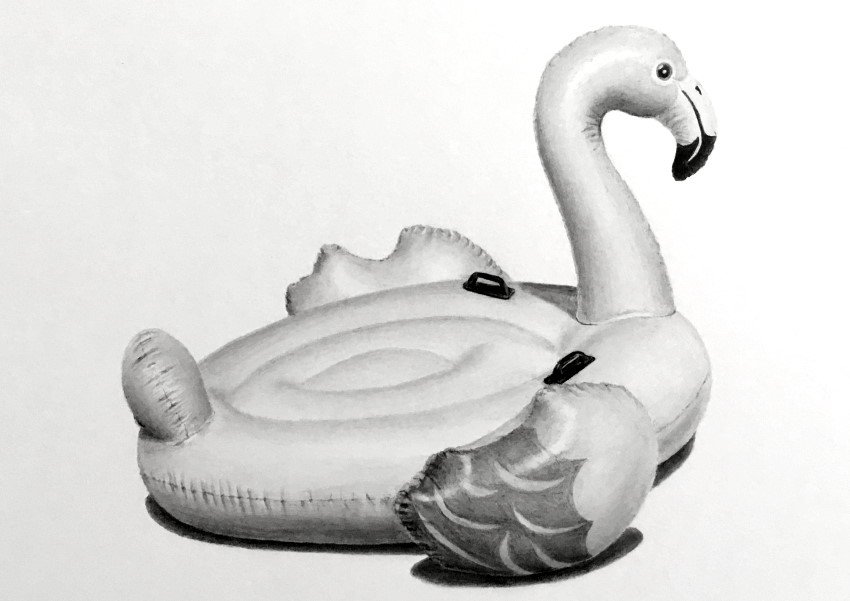
Though, you can add a bit of texture.
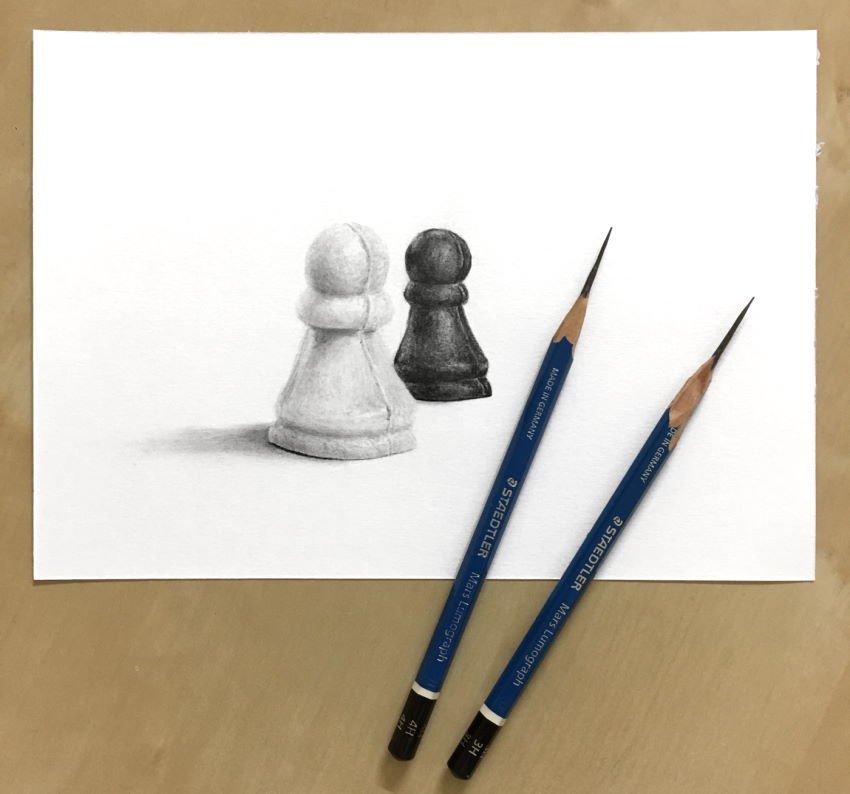
Here are a few more examples from my texture drawing guide.
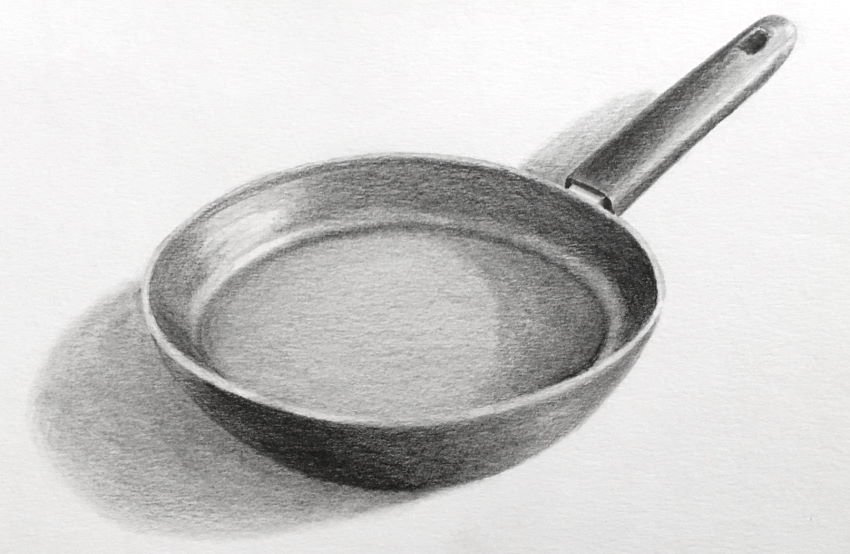
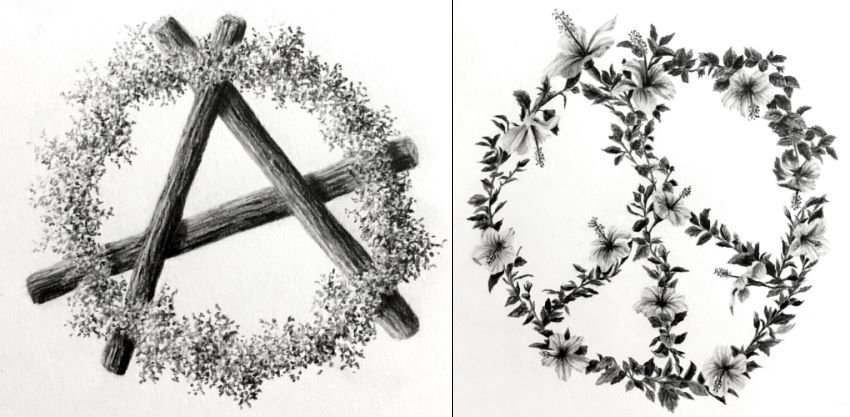
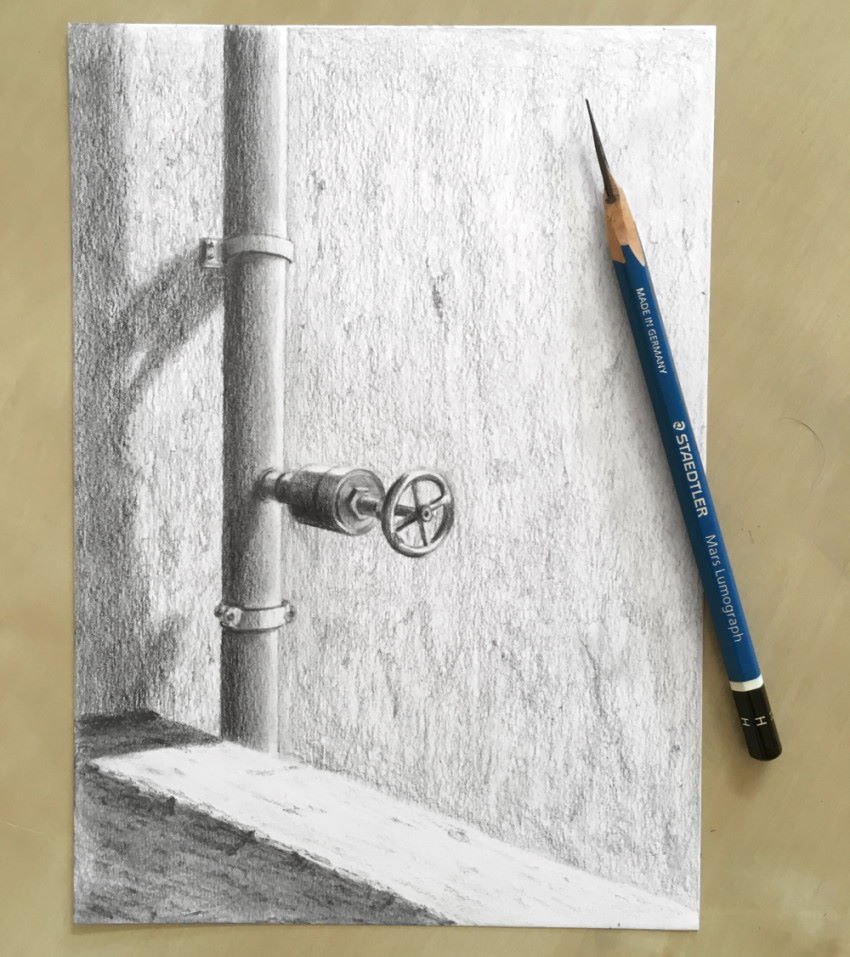
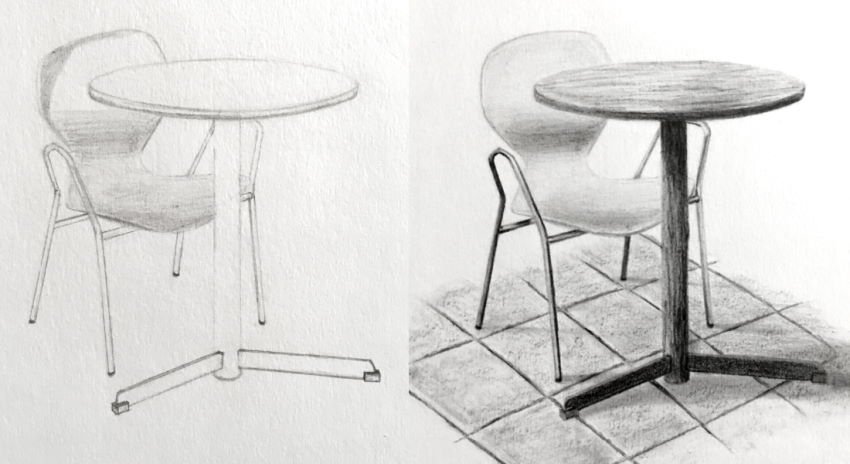
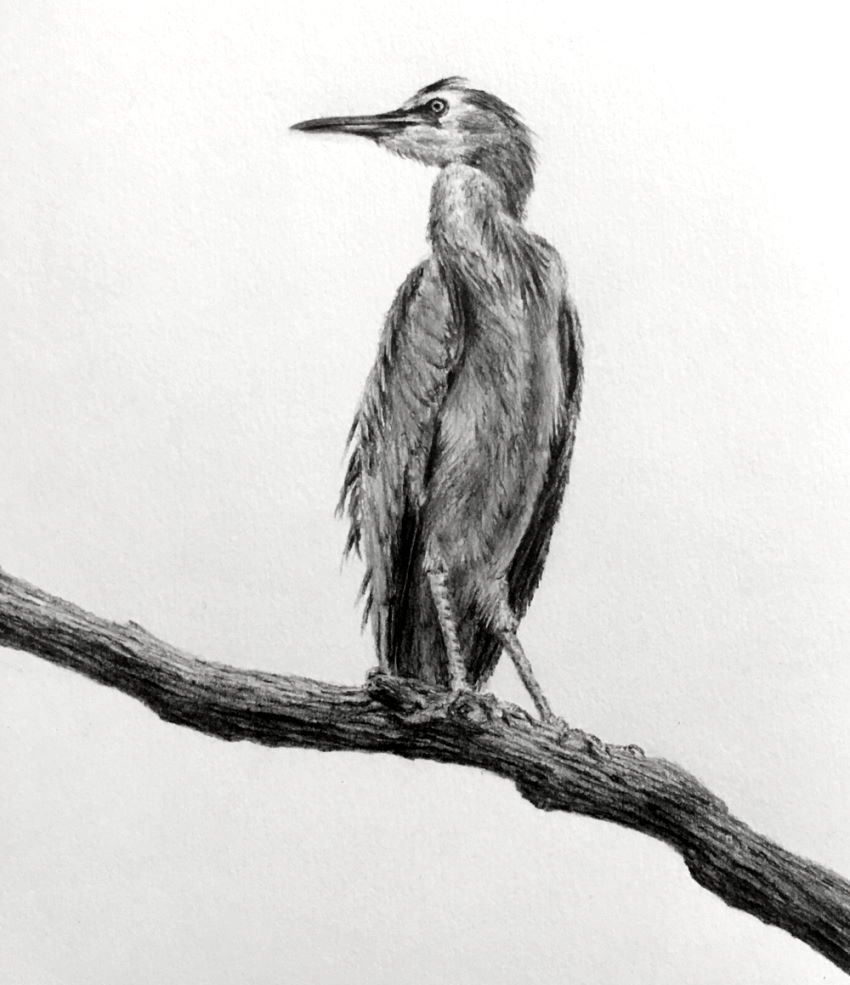
Ran
P.a.: you are welcome to visit my drawing and painting tutorials.
Website: https://ranartblog.com/
Tutorials: https://ranartblog.com/blog.html
Instagram: https://www.instagram.com/ran_art_blog/
Pinterest: https://www.pinterest.com/ranartblog/
